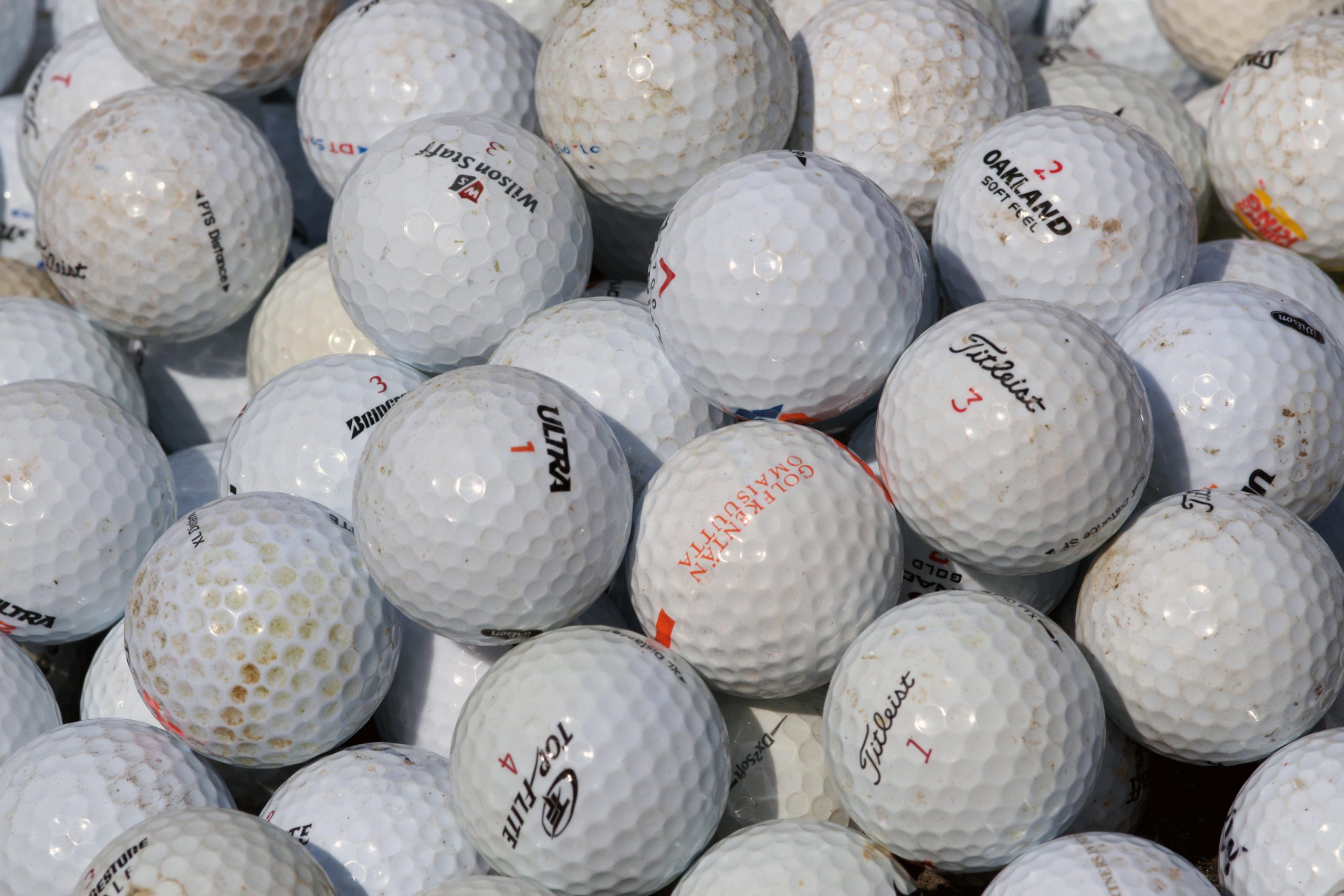Advocates uncover likely use of toxic, environmentally harmful chemical in golf balls; call on EPA to follow Congressional directive to promptly address chemicals that build up in people and the environment
WASHINGTON, D.C. – When an errant drive lands a golf ball in the water hazard, the harm may be to more than the golfer’s handicap.
This was one finding of research commissioned by public health advocates to help urge the U.S. Environmental Protection Agency (EPA) to rapidly meet a Congressional directive to reduce to the greatest extent possible exposure to a class of chemicals which have been shown to build up over time in the environment, animals, or people.
The comments submitted to the EPA docket by the advocates noted that hundreds of millions of golf balls are lost on courses in the United States each year. Each ball may eventually be a source of persistent environmental contamination.
Known as “PBT” chemicals (for “Persistent, Bioaccumulative, and Toxic”), the 2016 bipartisan reforms to the United States’ chemical safety law required the EPA to use previously established criteria to rapidly develop regulations to prevent further exposure to such chemicals. The agency identified five PBT chemicals in December 2016 to regulate under the provision, known as section 6(h) of the Toxic Substances Control Act (TSCA). In the summer of 2017, the agency released its findings on the use of these PBT chemicals.
Through their own research efforts, including looking at customs records of chemical imports, the Healthy Building Network, in cooperation with Safer Chemicals Healthy Families and the Environmental Health Strategy Center, identified uses of four of the five chemicals not previously identified by the agency, and submitted comments on January 20 urging the EPA to swiftly halt the use of the persistent toxic chemicals.
In particular, the advocates discovered that nearly 10,000 kg of Pentachlorothiophenol (PCTP), a PBT used as a “peptiser” in rubber, was imported into the United States by Bridgestone Golf between 2015 and 2017. Patent applications for golf balls, including those held by Bridgestone Golf, make reference to the use of PCTP. Based on the imports and the patents, it appears likely PCTP was used in golf ball manufacturing as recently as last year. (The advocates have not sought to verify the presence of the chemical in golf balls sold.)
The Rubber Manufacturers Association noted in a submission to the EPA that its members, including Bridgestone Americas, no longer use PCTP in the production of tires made in or imported into the United States. They did not address the apparent continued use of the chemical to make golf balls.
“While Bridgestone pats itself on the back for eliminating a toxic chemical in one product, it has remained quiet on its apparent use in another,” said Liz Hitchcock, Acting Director of Safer Chemicals, Healthy Families. “This demonstrates the importance of EPA promptly following its legal mandate to eliminate continued use of PCTP and the other persistent toxics.”
“Congress directed EPA to take expedited actions to regulate this type of chemical because the threat posed is significant and will be with us for a long time to come,” said Hitchcock. “The nature of PBT chemicals is that they build up in ecosystems and often people, and they don’t readily break down. We must stop introducing them to the environment.”
Rejecting the Chemical Industry’s Delay Tactics
The advocates also urged the EPA to reject the chemical industry’s attempt to change the already settled definition of PBT and further delay the regulations required by the 2016 law.
The American Chemistry Council, in a submission to the agency, claims that EPA’s definition of PBT is outdated and requests the agency reevaluate the five chemicals using a set of criteria that reflects “current, best available science.” Unsurprisingly, their definition of “current, best available science” is a non-peer-reviewed report from a workshop that was funded by the chemical industry, where two-thirds of committee chairpersons drafting the report worked for the industry.
Congress, in writing the 2016 updates to TSCA, specifically endorsed EPA’s existing list of PBT chemicals, which is based on internationally used criteria, and set expedited timeframes for the agency to take action on them.
“In normal times, industry’s request to replace an internationally recognized and congressionally specified criteria with their own wish list would be so ludicrous as to be immediately laughed off as a joke,” said Patrick MacRoy, Deputy Director of Environmental Health Strategy Center. “However, since the Trump administration has turned the EPA into a consulting firm for the chemical lobby, this will be viewed as a sensible request that we’ll actually have to fight.”
The full comments from the advocates, including details on uses of the other PBTs, are available at https://saferchemicals.org/documents/january-12-2018-pbt-comments/.
###

